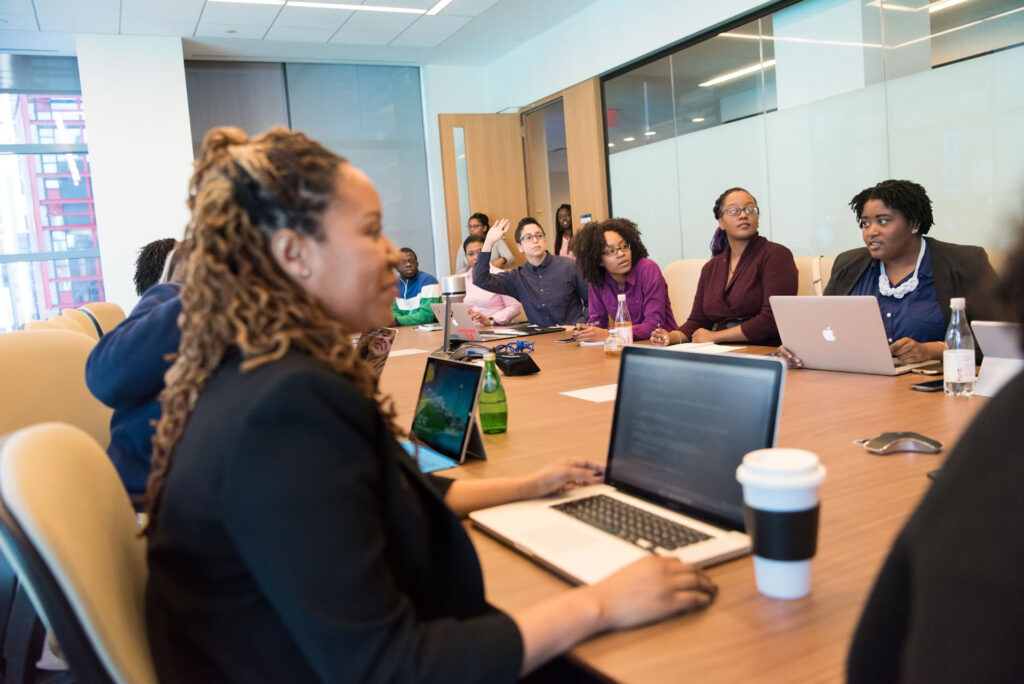
Ever sat through a four-hour board meeting only to realize nothing meaningful was accomplished? You’re not alone. After 26 years in community management, I’ve witnessed countless marathon meetings that leave everyone exhausted and frustrated. But it doesn’t have to be this way.

Long, unfocused meetings aren’t just annoying—they’re expensive. They waste volunteer board members’ valuable time, deplete community resources, and often result in decision fatigue that leads to poor choices or, worse, no decisions at all. When meetings regularly run over three hours, you’ll notice increased board burnout and declining volunteer participation.
Two hours is the ideal maximum length for a productive board meeting. Within this timeframe, attention spans remain intact, energy levels stay up, and decision-making capabilities remain sharp. But achieving this doesn’t happen by accident—it requires intention and strategy.
The secret to a productive two-hour meeting begins the moment your previous meeting ends. Start compiling agenda items immediately, noting which ones will require supporting documentation. A week before the meeting (never less than three days), distribute comprehensive meeting packages with all reports, bids, and recommendations organized in the order of the agenda.
Your agenda should be thoughtfully structured:
This isn’t just organization—it’s strategy. By handling simple matters first, you build momentum and create a sense of accomplishment that carries the meeting forward.

Once the meeting begins, maintaining control is crucial:
As you approach the two-hour mark, focus on actionable outcomes. Every agenda item should end with one of three results: a decision made, a clear action assigned, or a targeted continuation to the next meeting with specific information needed.
Within 48 hours after the meeting:
This immediate follow-up ensures momentum continues between meetings and demonstrates respect for the decisions made.

When you consistently run efficient two-hour meetings, something magical happens – board members come prepared, knowing their time won’t be wasted. Decisions get made faster. Implementation occurs more quickly. Community members gain confidence in leadership.
The result? A more effective board, a better-managed community, and, ultimately, enhanced property values and quality of life for all residents. After all, isn’t that what community association management is really about?
Privacy Policy | Terms of Use | Powered by Cajabra